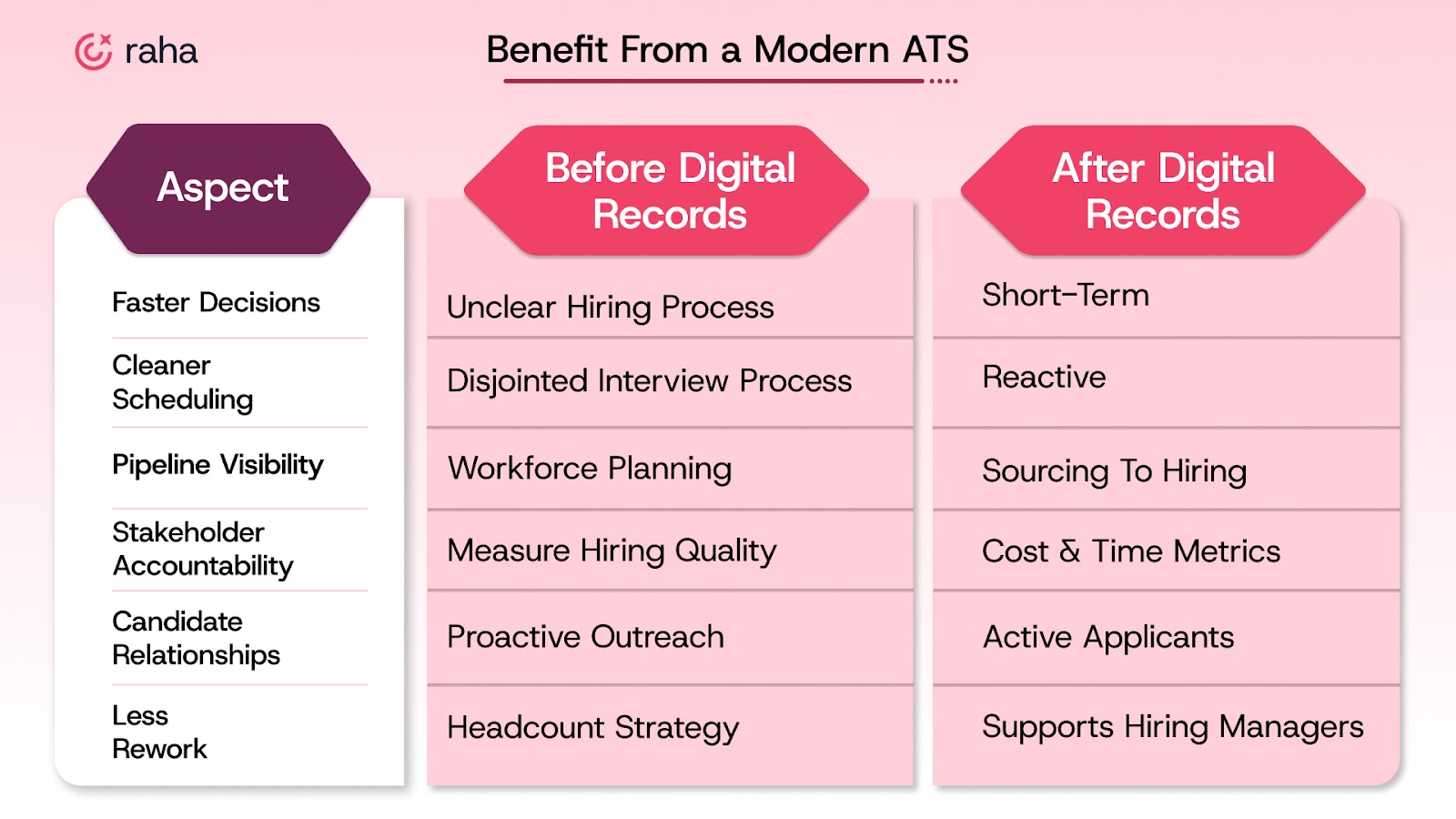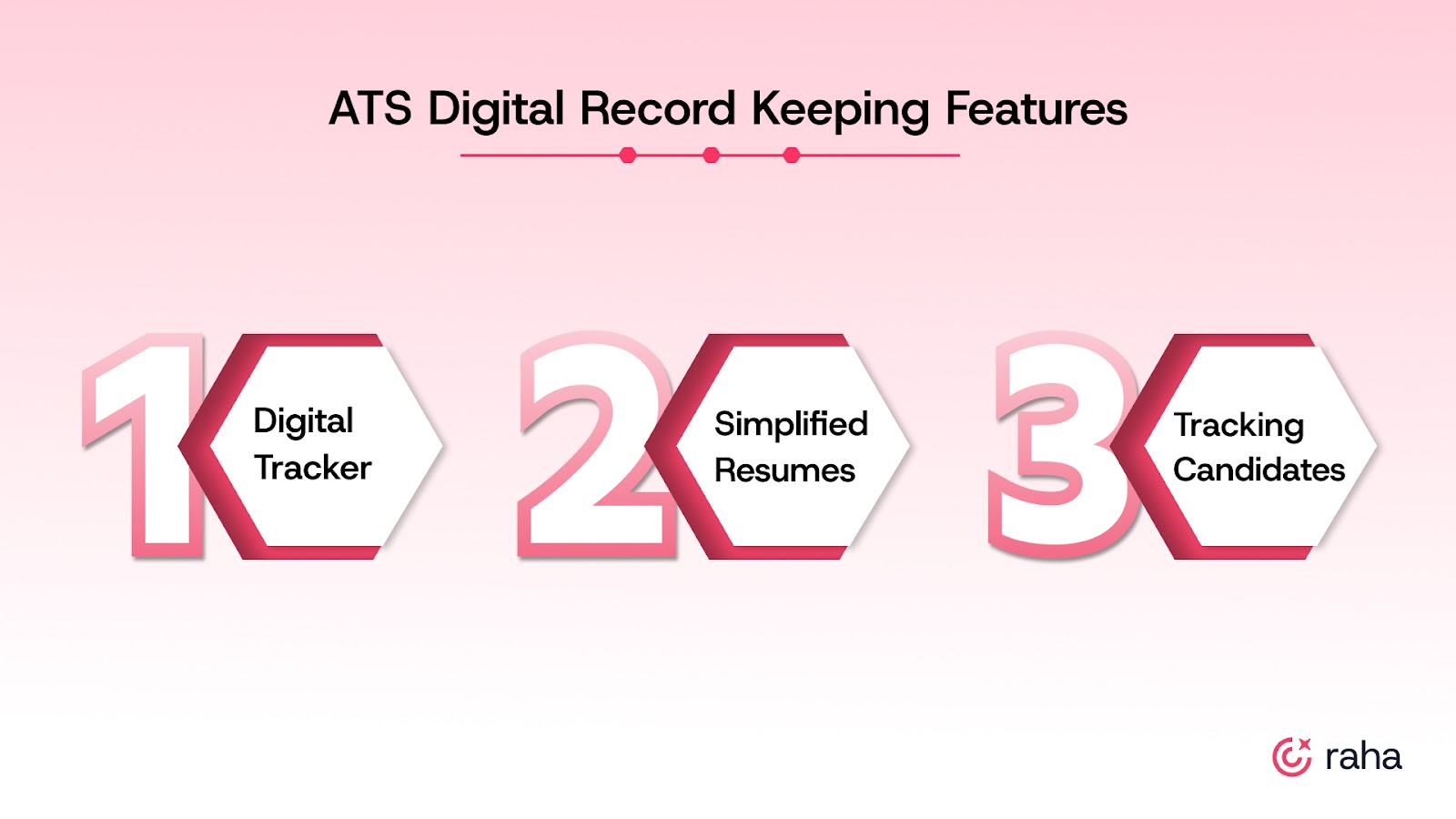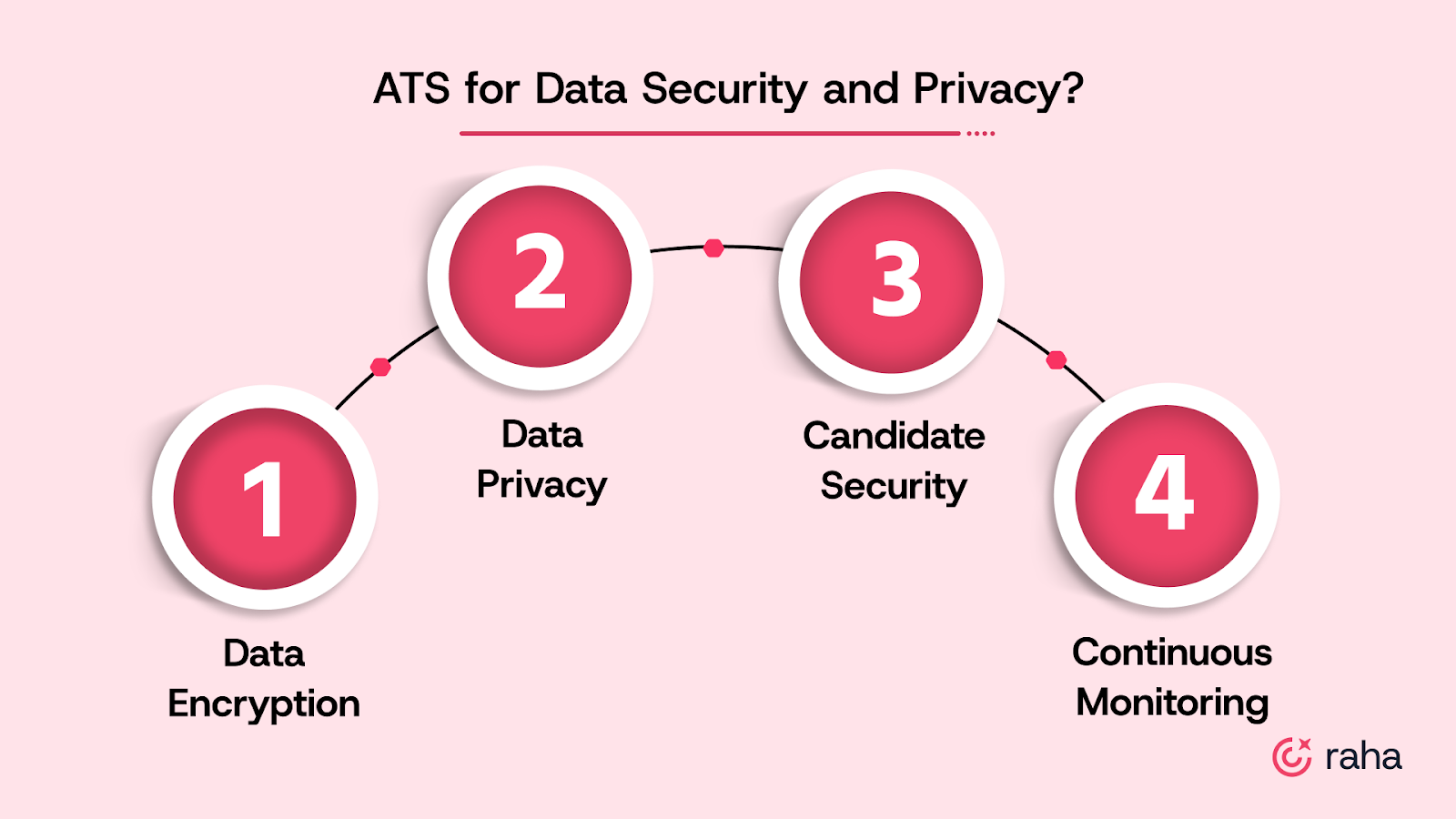Does an ATS keep a digital record of applicants?
Yes, it does. And if you are still treating your ATS like just a resume storage, you are risking your whole hiring process.
In 2024, a hacking group called ResumeLooters breached over 60 job sites and stole more than 2 million candidate records — resumes, emails, phone numbers, job histories, and more. That’s a direct threat to your candidates and your brand.
As a recruiter handling candidate data every day, you're not just responsible for hiring. You're also expected to protect that data and keep your system clean and efficient.
In this blog, we’ll talk about what your ATS really tracks, how having clean digital records speeds up your hiring, and what features and habits you need to keep your recruitment process secure.
What Is an Applicant Tracking System (ATS)?
An ATS is the system that holds your hiring process together when you’re managing multiple roles, multiple stakeholders, and not enough time.
It’s the backbone of a high-functioning hiring process—if you know how to use it right.
Most people think it’s just for resume collection. The truth is, a good ATS gives you end-to-end visibility into every single candidate interaction. It tells you who applied, what happened, who dropped the ball, and what needs attention, without you having to chase updates across email, Slack, or spreadsheets.
Let’s break down what that really means in a day-to-day recruiting workflow.
- Applications and Resumes: The moment someone applies, their data flows into the system, but the magic isn’t in collection; it’s in parsing. A good ATS doesn’t just store resumes. It pulls out the signal: years of experience, job titles, relevant skills, even certifications. That means you’re not opening 57 files just to find the three worth pursuing.
- Interview Feedback: Teams fall apart when feedback is scattered across Slack, email, Notion, or worse—nowhere to be found. A well-implemented ATS makes every comment, rating, and decision point part of the candidate’s timeline. It becomes a shared memory for the team.
- Assessments and Task Results: If your process includes a test or a take-home, it has to live inside the ATS. Otherwise, you’re digging through Drive links, chasing hiring managers for scores, or losing track of who submitted what. When it’s in the system, you can actually compare results side by side—without gut feel taking over.
- Status Updates and Action History: Every change, advance, rejection, or on-hold status is logged with a user and timestamp. This isn’t just helpful for visibility; it’s how you catch bottlenecks before they become deal-breakers. Let’s say a candidate has been stuck in “Interview 1” for 10 days. A decent ATS will surface that automatically. The great ones even nudge you about it.
It’s about being able to hire at scale without losing track of candidates, conversations, or decisions.

How Do You Benefit From a Modern ATS?

Early ATS platforms mainly acted as digital filing cabinets. They stored resumes and let recruiters search by keyword, replacing physical paperwork. That was useful, but it’s no longer enough.
Today, recruiting moves fast and involves many moving parts. Relying on a system that only stores data slows you down. A modern ATS brings structure, speed, and clarity to every step of your hiring process.
Here’s what that looks like in practice:

ATS Features That Support Digital Record Keeping

ATS systems are far from just a digital filing cabinet. They come with strong features designed to help you manage digital records efficiently and effectively. Here’s how these capabilities enhance your recruitment process:
1. Your Digital Candidate Tracker
Most teams treat ATS profiles like static records. However, done right, this profile becomes the central hub. Resume, scorecards, referrals, interview history—it’s all in one place, updating in real time.
You’re not chasing info across Slack threads. You’re not wondering who last spoke to the candidate. Everything’s there, ready when you need it. If you’re still tracking re-hires in a spreadsheet, your system isn’t working hard enough.
2. Resumes Simplified with Contextual Insights
A solid ATS understands context, skills, gaps, industry fit, and flags risks early. Five jobs in three years? No relevant domain experience? You see it before you click in.
The best systems also learn. The best systems learn. Over time, you see patterns — who gets through, who doesn’t. And you start shortlisting with insight, not instinct.
3. Tracking Candidates Without Losing the Thread
Yes, your ATS logs activity. But that’s the baseline. Great teams use that data to identify areas of friction, such as candidates stuck in review, interviews delayed, and missing feedback.
You should know who’s slowing things down without having to ask.
A strong ATS builds clean records, captures every action, and keeps your hiring trail airtight. That level of recordkeeping brings another layer of responsibility. The more data your system holds, the more important it becomes to keep it secure and compliant.
How Does ATS Ensure Data Security and Privacy?

63% of HR teams rank data privacy as a top concern. And they’re right to. If your ATS isn’t doing this, it’s exposing you to risk.
Handling applicant information means serious responsibility. You can’t risk a data breach, and the good news is that ATS systems are built with security and privacy in mind. Here’s how they keep your candidate data safe:
1. Strong Data Encryption for Privacy
Encryption scrambles candidate data when it’s stored or sent, so only authorized people can read it. This means even if someone tries to hack the system, the information stays protected and private.
2. Staying Compliant with Data Privacy Laws
Laws like GDPR and HIPAA require you to handle candidate data carefully. A good ATS helps you follow these rules automatically by tracking who accessed what and when, making audits easier and reducing your risk of penalties.
3. Controlling Access to Sensitive Candidate Data
Not everyone on your team should see every detail. Role-based access allows you to control who can view or edit candidate information, ensuring sensitive data remains limited to the authorized personnel and your team remains accountable.
4. Staying Up-to-date with Ongoing Changes
Recruiting involves lots of personal data: names, contacts, backgrounds. Your ATS must keep pace with changing security standards to protect this information and avoid costly data breaches that can damage your company’s reputation.
Also read: What is Candidate Relationship Management? Key Steps, Challenges & Tools
When you’re handling sensitive candidate information at scale, security is a daily priority. Your ATS should make it easy to stay compliant, limit access, and keep records safe without adding more work to your team.

Use Raha AI for Secure Recruitment
While Applicant Tracking Systems (ATS) are commonly used to track applicant data, Raha AI goes a step further by offering an AI-driven approach to recruitment that minimizes manual tasks and enhances data accuracy.
- Raha’s AI Resume Screener and AI Interview Coordinator work in harmony to collect, store, and organize digital records, ensuring that the recruitment team can access critical information swiftly.
- Raha’s Real-Time ATS Sync ensures that all candidate data, including interview feedback and scheduling, is updated instantly, providing transparency across the recruitment process. This integration with ATS systems maintains a continuous flow of accurate candidate data, ensuring that HR teams and recruiters stay up-to-date without the hassle of manual data entry.
All of this is built on a foundation designed for scale. Raha is designed with enterprise-grade security and compliance in mind, including support for GDPR, SOC 2, ISO, and HIPAA. Encrypted storage, controlled access, and easy-to-manage audit trails ensure that teams stay compliant without adding extra layers of admin.
Take a Step Towards Secure and Compliant Recruitment
A modern ATS is more than your average storage drive. From resumes and interview notes to access logs and assessments, every interaction is tracked and recorded securely.
That’s how you reduce errors, move faster, and protect candidate data without adding chaos.
But tech alone isn’t enough. You also need solid habits:
- Auditing your records regularly.
- Clearing out outdated data.
- Training your team on access control.
- Sticking to clear retention policies.
These practices keep your hiring process consistent, scalable, and low-risk. If your current system still feels like a digital filing cabinet, it’s time to replace it.
Switch to Raha AI and automate repetitive tasks while keeping sensitive data safe at every stage. Book your call today and experience faster, more secure hiring.
FAQs
1. What types of data are stored in an ATS?
ATS systems store a variety of applicant data, including resumes, cover letters, interview feedback, test results, and application statuses.
2. How long do ATS systems keep applicant records?
The retention period for applicant data varies by company and legal requirements. Typically, records are kept for 1-2 years but may be retained longer depending on compliance regulations.
3. Can ATS systems track applicants across multiple job openings?
Yes, most ATS systems allow recruiters to track applicants across different job openings, making it easier to manage candidates who apply for multiple roles within the same company.
4. Are ATS systems secure and compliant with data protection laws?
Yes, ATS systems comply with data protection regulations like GDPR and HIPAA, ensuring that applicant data is encrypted and access is restricted to authorized personnel only.
5. Do all ATS systems integrate with other HR tools?
Many ATS systems offer seamless integration with other HR tools like Applicant Tracking Systems, HRIS (Human Resource Information Systems), and job boards. These integrations help ensure a smooth hiring workflow.

